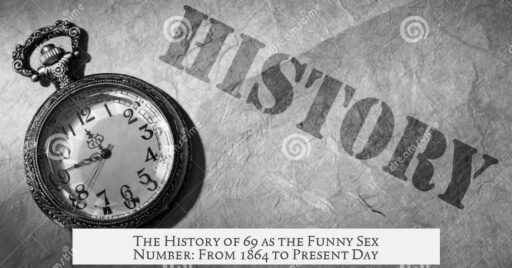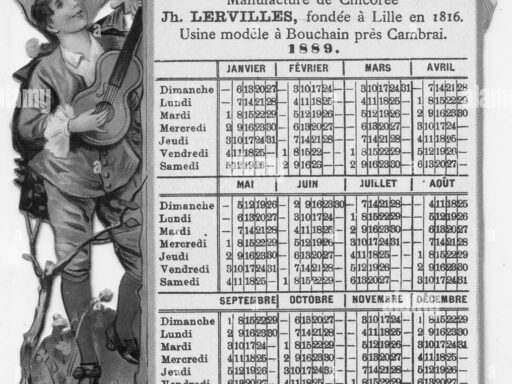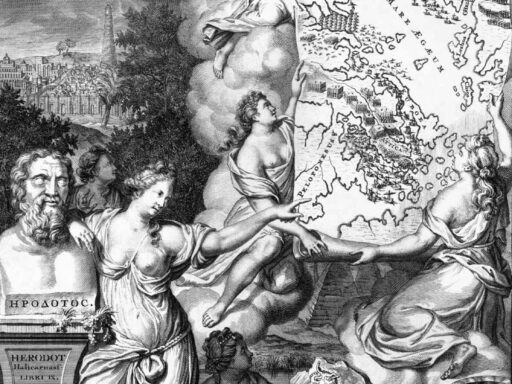The number 69 has been recognized as a “funny sex number” since at least the mid-19th century, with clear evidence dating back to the 1860s in France. This association comes from both its symbolic depiction of a mutual oral sex position and its frequent use in sexual slang and erotic literature of that time.
The earliest mention is found in Alfred Delvau’s 1864 Dictionnaire érotique moderne, a French dictionary of sexual slang. Delvau provided an explanation of how the digits 6 and 9 represent the sexual position, indicating that the term was already sufficiently widespread for readers to need clarification. He also cited verses from an anonymous erotic song, Le plaisir des dieux (“Pleasure of the Gods”), published around the same time, which explicitly named the act as “soixante-neuf” (69).
This evidence shows the term was established by the second half of the 19th century in France. However, the term “69” is absent from earlier works describing similar sex acts, such as the book L’art de foutre en quarante manières (“The art of fucking in forty different ways”), suggesting that while the act was known, the numeric playful nickname came into use later.
By 1877, the term had gained cultural significance; Guy de Maupassant wrote a poem titled “69,” indicating the concept had become part of literary expression, though in a very explicit manner. The number also appeared in a humorous or risqué context related to the adult publishing world. For instance, a directory of Parisian courtesans printed in 1883 was “published” at 69 rue des Déchargeurs, a name with double entendre since “décharger” can mean ejaculation. Similarly, an erotic publication in 1889 was issued in exactly 69 copies by a printer called La Couille d’Or (The Golden Ball), underscoring the playful link between the number and sex.
- The number 69 has referred to the sexual position since at least the 1860s.
- Its earliest recorded use is in a French 1864 erotic slang dictionary by Alfred Delvau.
- The term entered literature with works like Maupassant’s 1877 poem titled “69.”
- Earlier texts describe the act without numeric labeling, hinting that “69” emerged later.
- The number was used with humor and double meaning in adult literature and publishing in late 19th century France.
How Long Has 69 Been “The Funny Sex Number”?
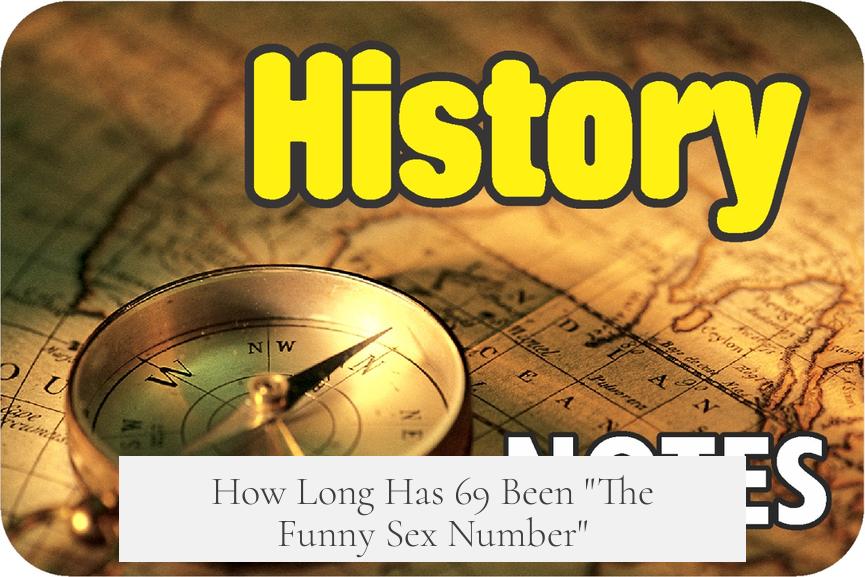
Simply put, the number 69 has been humorously linked to a certain sexual position since at least the mid-19th century. That’s right – the cheeky joke and the number go way back, not just a product of internet memes or teenage giggles. But where exactly did this come from? And how did a simple number get such a saucy reputation? Let’s dive in.
Tracing Back to 1864: The Earliest Mentions
Believe it or not, one of the earliest recorded mentions of 69 connected to sex is found in Alfred Delvau’s 1864 edition of his French dictionary of sexual slang: Dictionnaire érotique moderne. This isn’t your grandma’s dictionary! Delvau goes out of his way to explain how the figures 6 and 9 fit together—because, apparently, it wasn’t obvious even then.
But Delvau doesn’t stop at just mentioning the number—he includes a cheeky verse from a bawdy French porn song, Le plaisir des dieux (The Pleasure of the Gods). This song was republished around the same time in an erotic poetry anthology, highlighting that 69 was already recognized as a term for a sexual act in France by the 1860s.
To put it plainly, Plaisir des dieux doesn’t beat around the bush. It lists several sex acts by name, including 69. So when was the joke born? Before the 1860s for sure!
A Mystery Before the 1860s
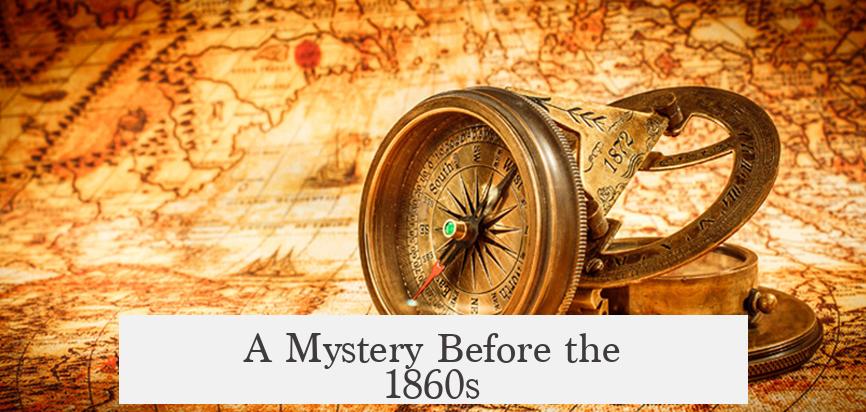
Interestingly, the term “69” doesn’t appear in earlier explicit literature that describes the same act. For example, L’art de foutre en quarante manières (“The Art of Fucking Forty Ways”), which predates Delvau’s dictionary, thoroughly details the act but only refers to it in slang terms like gamahucher, usually meaning cunnilingus. It never numbers it as 69.
So it appears the number itself as shorthand or slang likely came into use in the first half of the 19th century. Before then, people were getting descriptive but missing the numerical punchline.
The Late 19th Century: The Number 69 Becomes a Sexy Cultural Fixture
By the late 1800s, 69 had cemented its place in French erotic vocabulary. So much so that famous French writer Guy de Maupassant penned an entire poem titled 69 in 1877. Spoiler alert: it’s explicit enough to be labeled Not Safe For Life (NSFL).
That’s some serious literary stamp of approval! You can imagine people of the time snickering, exchanging sly nods knowing exactly what the poem meant. It’s a sign that the concept was not just a passing joke but a shared cultural reference.
Humor and Wordplay: 69 in Amusing Contexts

Isn’t it delightful how the number 69 shows up in some quirky ways beyond jokes and poems? In 1883, The Pretty Women of Paris (a directory of Parisian courtesans) was supposedly printed at “69 rue des Déchargeurs.” For French speakers, this address is an excellent play on words — “décharger” also means “to ejaculate.”
Take a moment to imagine this: a risqué directory printed at a street number that doubles as a naughty pun. That’s old-school adult humor at its finest.
Even more, an 1889 publication, Etrennes aux trois sexes, was printed in exactly 69 copies by a printer cheekily named La Couille d’Or (the Golden Ball). It’s like the world was winking loudly and simultaneously shouting, “Yep, we know what 69 means!”
Why Is 69 Funny—Then and Now?
The humor in 69 isn’t just about the sexual positioning. It’s about visual symmetry and mutual giving. Two people lying head to toe. It’s a number that looks like it’s hugging itself. This gave it a simple, memorable form that was easy to joke about even in times when frank sexual discourse was rarer and more taboo.
The number 69 carries an inherent double entendre. It’s not just a number, but a symbol loaded with meaning. How many other numbers invite such saucy association? Imagine someone trying to joke about 42 or 17 in the same way—it just doesn’t click.
What Does This Mean Today?

Today, the number 69 has become a cultural meme, a punchline repeated in jokes and internet culture worldwide. Yet, this isn’t some new invention. It has over 150 years of history behind it!
Understanding this long history can make the joke more interesting. It’s like laughing alongside centuries of cheeky raconteurs. The next time someone cracks that classic 69 joke, you can now tell them it’s not just silly but literally historical.
Wrapping Up: Laughs That Span Generations
So, to sum it up: 69 has been “the funny sex number” since at least the 1860s in France, and probably a little earlier, with plenty of literary nods, ribald poems, and clever printing jokes backing it up. It’s no modern invention but a longstanding symbol blending sex, humor, and wordplay.
Next time you hear “69,” remember you’re tapping into a rich vein of cultural history, where humor and sexuality danced together long before emojis and meme culture arrived.
Curious—does knowing the backstory make the joke funnier? Or maybe just a bit classier? Either way, 69 proves that a simple number can carry a centuries-old punchline. Now, wanted or not, that’s some serious legacy!
